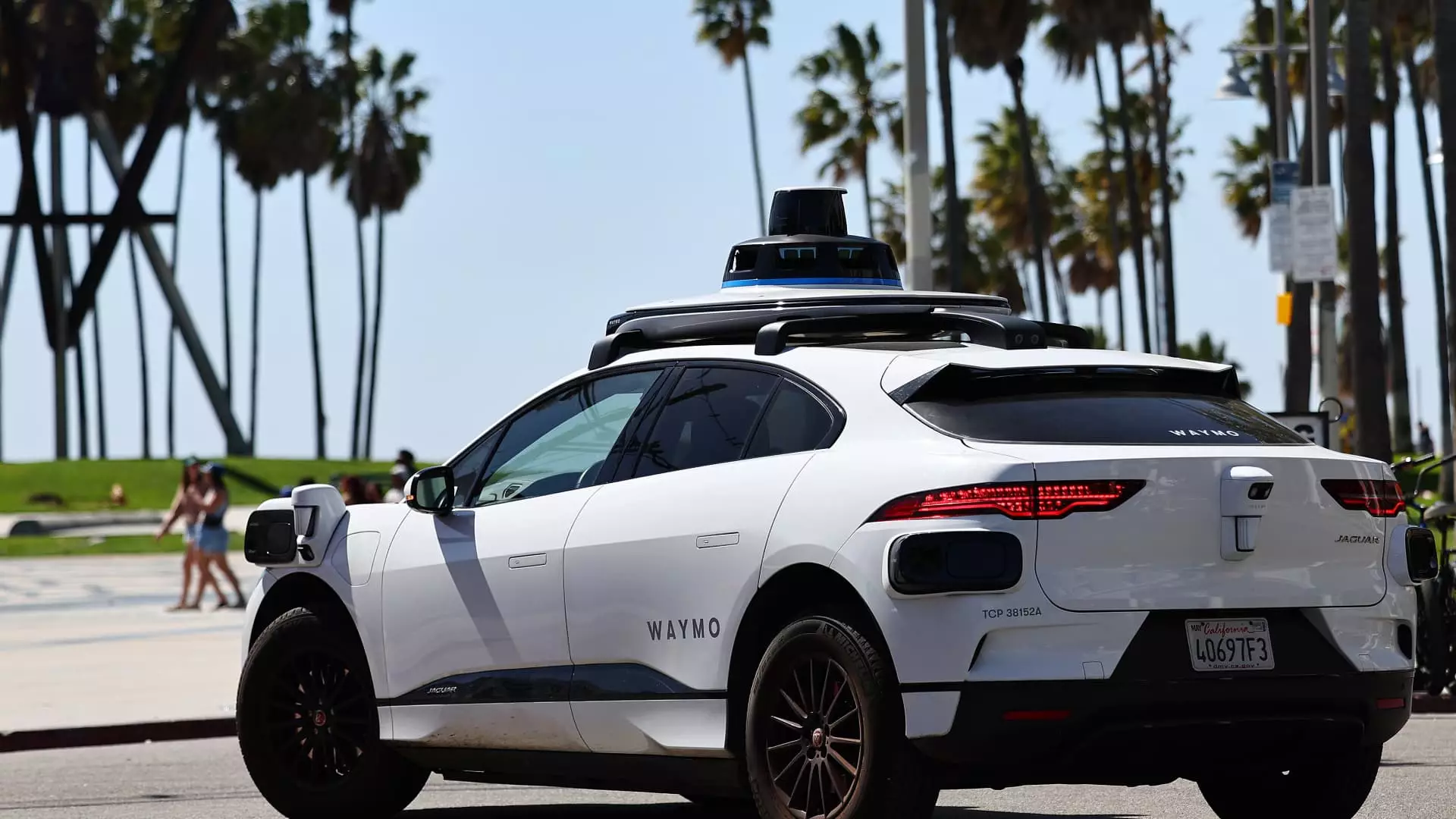Waymo, the autonomous vehicle venture owned by Alphabet, has recently amplified its growth strategy by securing a monumental funding round of $5.6 billion. This significant investment signals an ambitious plan to scale its robotaxi services across additional markets, including cities like Austin and Atlanta, while continuing to solidify its presence in current locations such as Los Angeles, San Francisco, and Phoenix.
The funding round, known as Series C, has attracted a diversified roster of investors, including prominent firms such as Andreessen Horowitz, Fidelity, and Tiger Global. The financial lifeblood pumped into Waymo has now escalated its total funding to over $11 billion, reflecting extensive confidence from the investment community in the company’s potential. The Chief Financial Officer of Alphabet, Ruth Porat, had previously announced a multi-year investment commitment of up to $5 billion, underscoring the parent company’s long-term vision for Waymo.
Tekedra Mawakana and Dmitri Dolgov, co-CEOs of Waymo, expressed intentions for the funds to be strategically allocated toward enhancing the Waymo Driver technology, which is poised to play a crucial role in business applications. Their goal is clear: not only to expand the Waymo One ride-hailing service but also to ensure that it becomes a household name synonymous with safety and innovation in urban mobility.
One of the notable advantages Waymo has leveraged is the increasing societal concern over safety in transportation. The service has resonated particularly well with women who are apprehensive about navigating traditional ride-sharing options dominated by human drivers. In a world where safety issues often dominate discussions on ride-sharing, Waymo’s driverless cars are becoming a favorable alternative. Likewise, it’s gaining traction among parents seeking reliable transportation solutions for their teenagers.
Waymo currently executes more than 100,000 rides weekly across its operational cities, presenting a viable, tech-driven solution to urban mobility that users can request seamlessly via the Waymo One app. Notably, the company has recently joined forces with Uber to explore robotaxi services in Austin, Texas. This partnership could redefine competitive dynamics in an already bustling technology landscape, especially given that Tesla, led by CEO Elon Musk, has made ambitious claims regarding the development of a rival driverless ride-hailing service.
While Waymo stands alone as a leader in commercial robotaxi services in the U.S., competition looms large. GM-owned Cruise, once viewed as a formidable rival, recently paused its operations due to a serious incident in San Francisco involving one of its autonomous vehicles. The scrutiny surrounding self-driving technology has intensified; regulatory bodies and the public remain skeptical about the safety of AI compared to human-operated vehicles.
Despite this skepticism, Waymo has presented self-reported data suggesting their vehicles experience fewer accidents than human drivers. However, this claim requires a cautious interpretation as various incidents—like unexpected stops, wrong-way travel, and software-related recalls—illustrate ongoing challenges in optimizing the technology. In understanding public sentiment, a Pew Research Center survey indicates that nearly two-thirds of U.S respondents are not comfortable with the idea of riding in autonomous vehicles. This report highlights a critical obstacle Waymo and other companies must overcome to win public support for broad adoption.
Waymo’s future isn’t just reliant on capital investment; it revolves around technological evolution and adaptability as well. The company has introduced the next-generation robotaxi, equipped with advanced AI integration and custom sensors, designed to navigate varying climatic conditions. Collaborations, such as the recent partnership with Hyundai, which will incorporate the automaker’s Ioniq 5 electric vehicles into its fleet, showcase Waymo’s commitment to diversifying its vehicle portfolio and enhancing operational resilience.
Moreover, by targeting more challenging environments, including harsh winters in northern climates and international markets, Waymo is preparing itself for a competitive edge and geographic reach that broader markets will demand. Such forward-looking strategies are essential as they signal to industry observers and stakeholders alike that Waymo is not merely resting on its laurels but is instead vehemently pursuing broader horizons in autonomous driving technologies.
Waymo’s recent funding milestone marks a significant stepping stone in the evolution of autonomous vehicle services. With formidable financial backing and ambitious expansion plans, coupled with a focus on addressing consumer safety concerns, Waymo is poised to define the narrative around autonomous ride-hailing in the years to come. As regulatory, technological, and competitive landscapes continue to evolve, its ability to adapt and innovate will dictate whether it remains at the forefront of the movement towards a revolutionized transportation model.

